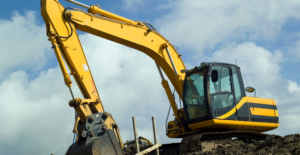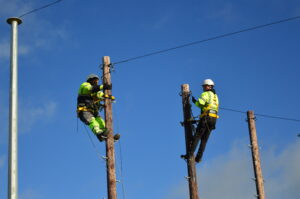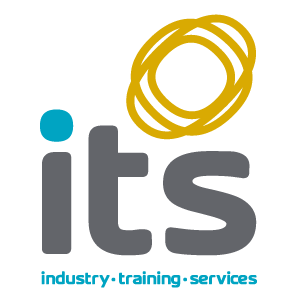Confined spaces pose unique challenges that demand meticulous planning and the right equipment. This blog will discuss the intricacies of safeguarding workers in confined spaces and the correct Personal Protective Equipment (PPE) for Confined Space entry.
Defining Confined Spaces
To understand the importance of Personal Protective Equipment (PPE) for confined spaces, we first need to define what constitutes these environments. Examples of confined spaces are:
- Tunnels
- Storage tanks
- Manholes
- Tanks and Vessels
A solid grasp of these unique challenges forms the foundation for developing robust exit and entry plans.
Elements of an Effective Entry and Exit Plan
Crafting a successful entry and exit plan is an intricate process that involves multiple components. This section breaks down the essential elements, from risk assessments to communication protocols, ensuring a comprehensive approach to safety. A well-designed plan can mitigate potential hazards and create a safer working environment.
1. Risk Assessments:
Conduct thorough assessments to identify potential hazards within confined spaces. Understanding these risks allows for targeted strategies to mitigate them, ensuring a safer working environment.
2. Communication Protocols:
Establish clear communication channels using devices like two-way radios. Clearly define emergency signals and procedures for regular check-ins to facilitate effective communication between personnel inside and outside the confined space.
3. Emergency Response Procedures:
Develop detailed emergency response procedures, including evacuation routes, rescue protocols, and the location of emergency equipment. Conduct regular drills to familiarise personnel with these procedures, promoting swift and efficient responses in case of unforeseen circumstances.
The Crucial Role of Personal Protective Equipment (PPE)
Personal Protective Equipment (PPE) for Confined Spaces acts as a lifeline, providing a crucial layer of defence against various hazards. We explore the specific types of PPE required, from respiratory protection to specialised clothing, and discuss how each plays a vital role in ensuring worker safety. Underlining the importance of selecting the right equipment for the unique challenges posed by confined spaces.
- Respiratory Protection:
In confined spaces with air quality risks, such as harmful gases, respirators or self-contained breathing apparatus (SCBA) serve as a vital defence. They ensure workers breathe clean air, safeguarding them from potentially hazardous atmospheres.
- Protective Clothing:
The correct protective clothing, including coveralls, gloves, and boots, these shield workers from physical hazards, chemicals, and contaminants present in confined spaces. Selecting appropriate PPE based on the specific risks, enhances overall safety.
- Fall Protection Equipment:
For confined spaces with vertical entry points, fall protection is critical. Harnesses, lifelines, and other fall arrest systems prevent accidents during entry and exit manoeuvres, ensuring workers are protected from potential falls.
Legal Requirements
In Northern Ireland, wearing Personal Protective Equipment (PPE) at work, including confined spaces, is legally mandated by the Health and Safety at Work (Northern Ireland) Order 1978. Employers must provide and ensure proper use of PPE to address workplace risks, with non-compliance leading to legal consequences.
Likewise, in the South of Ireland, The Safety, Health and Welfare at Work (Confined Spaces) Regulations 2001 by the Health and Safety Authority covers all work in relation to confined spaces. With Regulation 5 stating that: A person shall not carry out work in Confined Spaces if it is reasonably practical that it could be avoided.
Our study of Personal Protective Equipment (PPE) for Confined Space Exit and Entry Plans underscores the critical role that well-designed plans and appropriate Personal Protective Equipment play in ensuring worker safety. By staying informed, proactive, and investing in the right PPE, businesses can create a culture of safety within confined spaces, mitigating risks and fostering a secure working environment.
At Industry Training Services we offer confined space training anywhere across the island of Ireland with our confined space mobile training unit, as well as at our training facilities in Portadown and Dublin. For further information or to book visit: https://www.industrytrainingservices.com/training-courses/confined-spaces/ or contact us: Dublin 01 891 6105, Portadown 028 3839 8700




